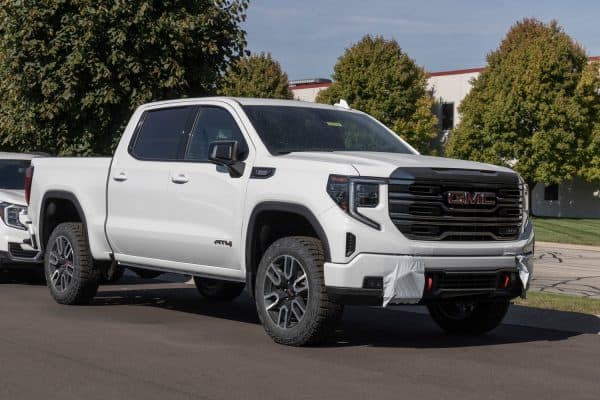It can be concerning when your truck sounds like it’s harboring crickets. So now you’re thinking, what could be the cause of this chirping-like racket? We researched this concern for your convenience and here’s what we found.
A truck may sound like it's harboring crickets often means it encountered an issue. Some of the possible sources of this noise are:
- Loose timing belt
- Loose motor mounts
- Low motor oil
- Bad fuel pump
It’s best to have your truck checked to find the source of the cricket-like sounds. Please continue reading as we talk about the possible origins of the chirping racket from your truck. That way, you might be able to diagnose the source of the problem without relying on significant professional help.
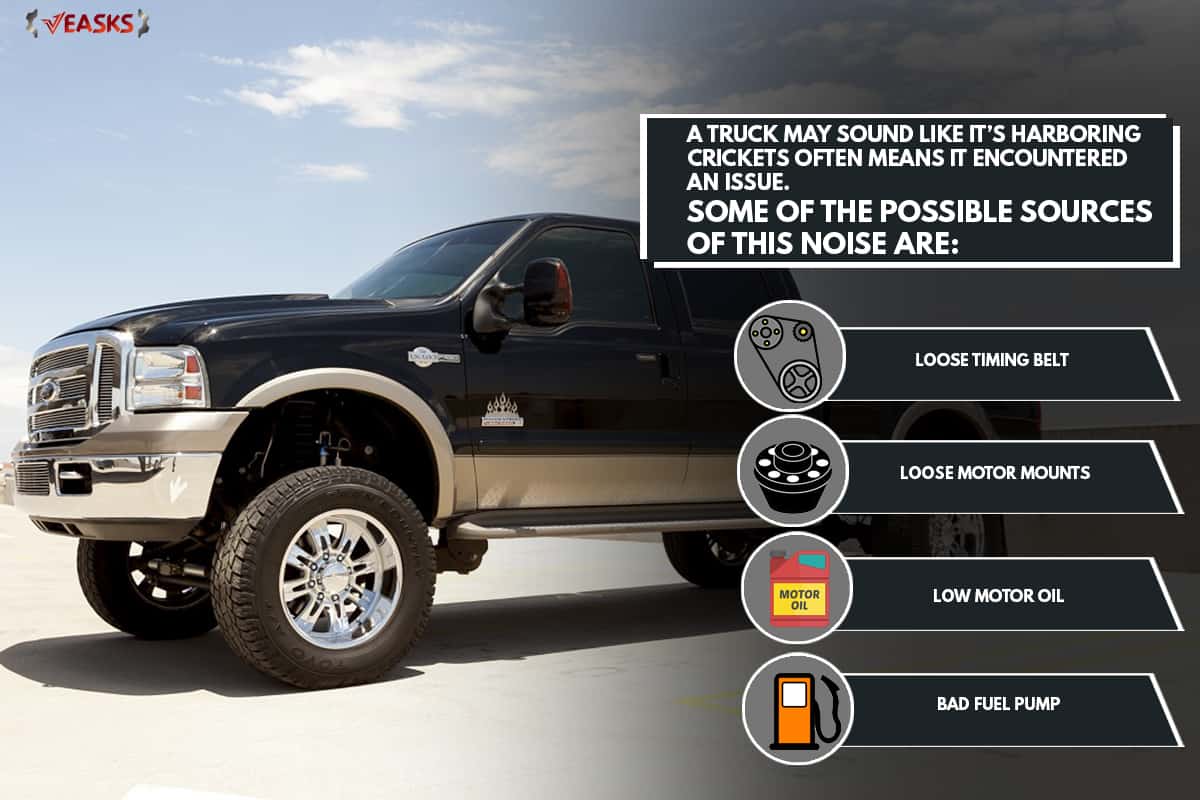
Why Is My Truck Making Cricket Sounds?
Your truck is making noises that sound like crickets because of possible issues like:
Loose Timing Belt
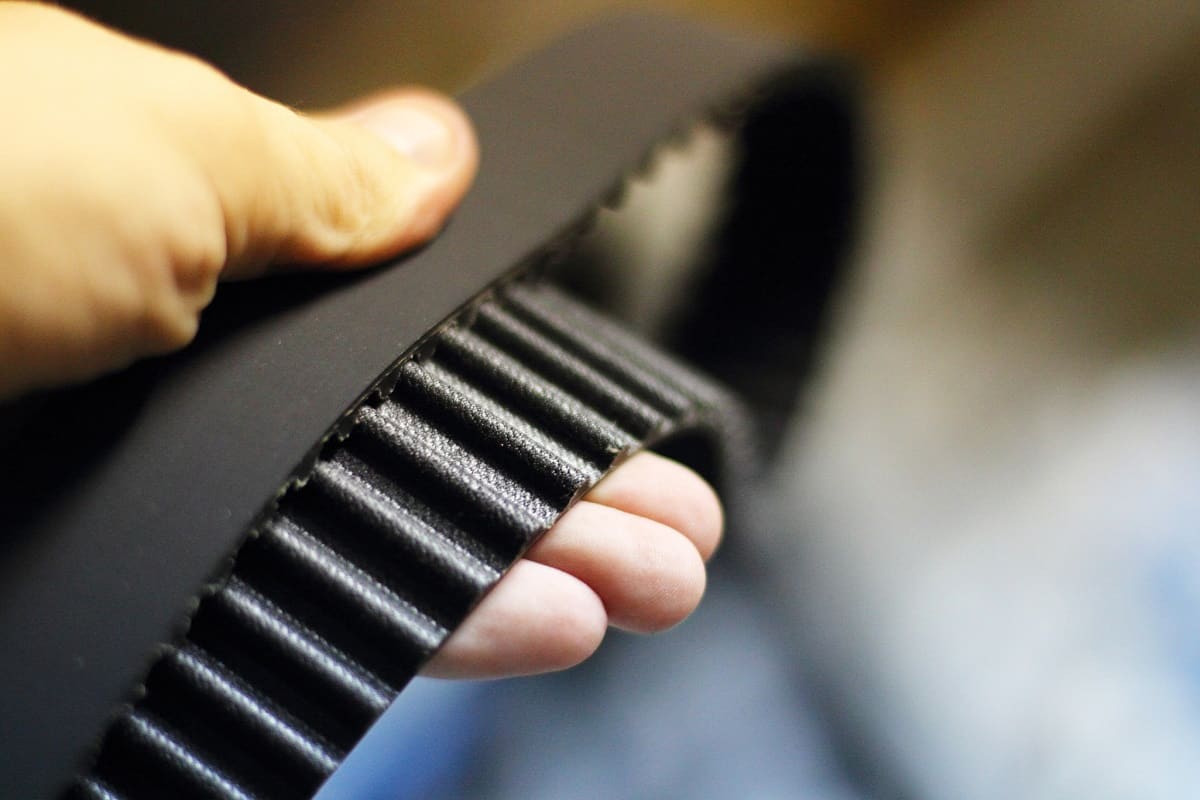
Also called the cambelt, the timing belt’s job is to secure smooth rotations for the crankshaft and camshaft. A properly functioning timing belt ensures the proper air and fuel mixture to burn fuel and push the engine’s pistons down.
If a timing belt works correctly, it should only produce a slight humming sound at most. This noise might also be barely audible, particularly as you sit inside your truck's cabin. As the belt loosens, it may create a chirping racket that sounds like crickets in the engine.
Apart from normal wear and tear, a truck’s timing belt could loosen because of reasons like:
- Improper installation
- Sudden misalignment
- Under-tensioning
- Significant load or strain
- Faulty pulleys
- Worn drive structure
Loose Motor Mounts
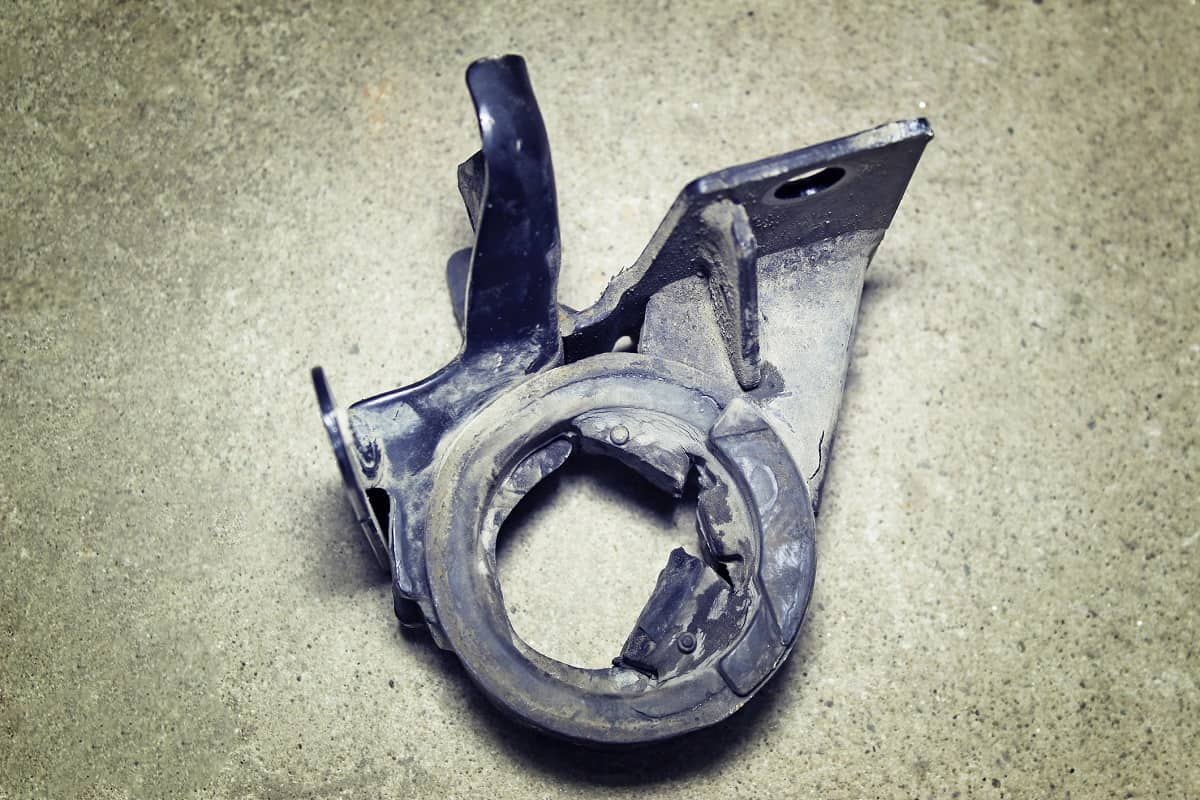
Engine or motor mounts help secure the engine by reducing the generated vibrations. If the fasteners securing the motor mount loosen, the enclosure might not be able to contain the extra movement. The result of this excess shaking might create cricket-like noises coming from your truck's hood.
Aside from the chirping noises under the vehicle’s hood, motor mounts may also come loose because of other reasons, such as:
- Incorrect installation
- Incorrect mount or bracket used
- Road accidents
- Fluid leaks
Low Motor Oil
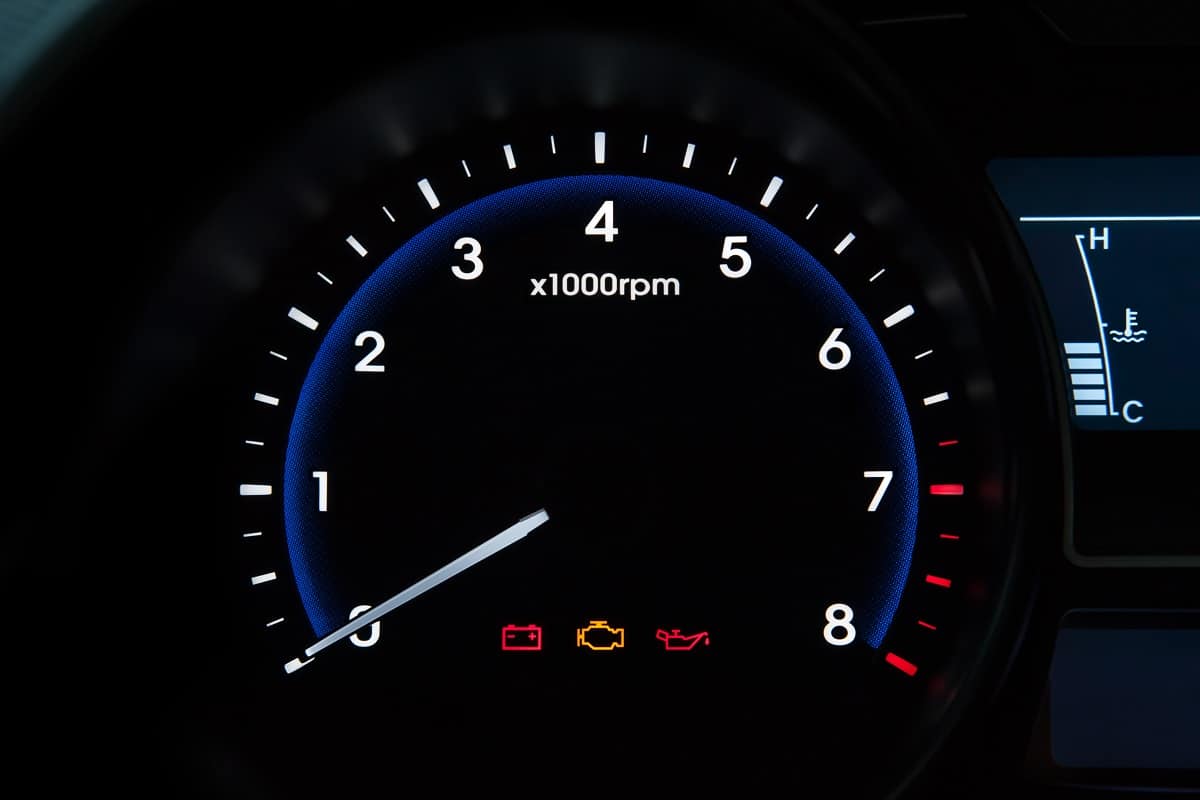
Motor oil lubricates different engine parts. It’s a required solution for most vehicles, including many truck models. Without it, different assemblies and components would grind, causing different noises like crickets living under the vehicle’s hood.
If you don’t change your truck’s engine oil during the appropriate period, it can lead to devastating results. Some possible problems you might encounter are:
- Engine overheating
- Dirt and gunk buildup
- Reduced fuel efficiency
- Faster than normal engine wear
- Voided warranty because of owner’s negligence
Always check your truck’s owner’s manual to know when you should change your vehicle’s motor oil supply. For example, a diesel truck would require an oil change at least once every 3,000 miles. On the other hand, some commercial trucks would need this procedure approximately every 5,000 miles.
Bad Fuel Pump

As its name implies, the fuel pump draws gas from the fuel reservoir and sends it through a pipe. This hose leads to other engine components, allowing your truck to run as intended.
Take note that the fuel pump only often generates a low sound, if any. However, chirping noises that come from your truck’s engine compartment may indicate that the fuel pump is at fault.
Keep in mind that a vehicle’s fuel pump might go bad if it encountered:
- Electrical issues
- Blocked
- Contamination
How To Fix Truck That Sounds Like Crickets?
First, troubleshoot your truck to find the source of the cricket-like noises. Then, use the appropriate technique based on your findings to solve the problem from its source.
In this section, you’ll learn some possible solutions that could help remove the cricket noises from your truck. The following methods highlight the steps based on specific troubleshooting results.
Replace The Timing Belt
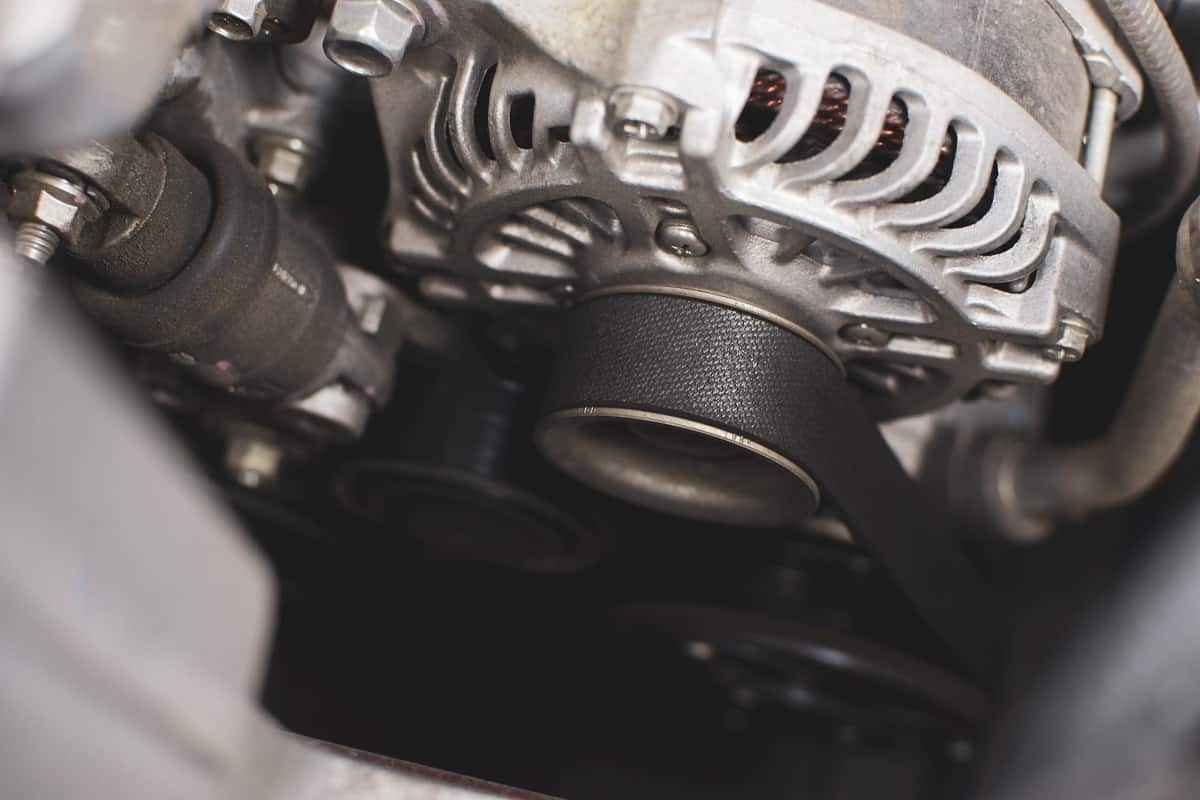
Replacing your truck’s timing belt might provide longer results than tightening it or repairing minor issues. But ensure that you purchase and install a compatible timing belt for your vehicle’s specific model. Otherwise, the truck might run into other problems with an incompatible component.
With the correct timing belt ready, follow these steps to replace the old component with the new model:
What You’ll Need
- Socket wrench
- Replacement timing belt
Step-by-Step Guide
- Turn off your truck’s engine and let it cool for a few minutes. Open the hood afterward.
- Disconnect the negative wire from the negative terminal of the truck’s battery.
- Disconnect the positive wire from the battery’s positive terminal.
- Unscrew the battery from its bracket. Pull it out and set it aside temporarily.
- Use a socket wrench to remove the fasteners securing the fan assembly. Pull out the fan afterward.
- Loosen the bolts securing the pulley securing the drive belt. Next, remove the drive belt and set it aside temporarily.
- Remove the bolts securing the crankshaft pulley and take it out afterward to expose the timing belt.
- Remove the old timing belt and replace it with the new model.
- Return and secure all the parts that you removed from the previous steps, including the battery.
- Turn on your truck’s engine and check if the cricket noises persist.
Check out this timing belt kit on Amazon.
Watch the video below to see a visual guide for the steps mentioned above:
Change Oil
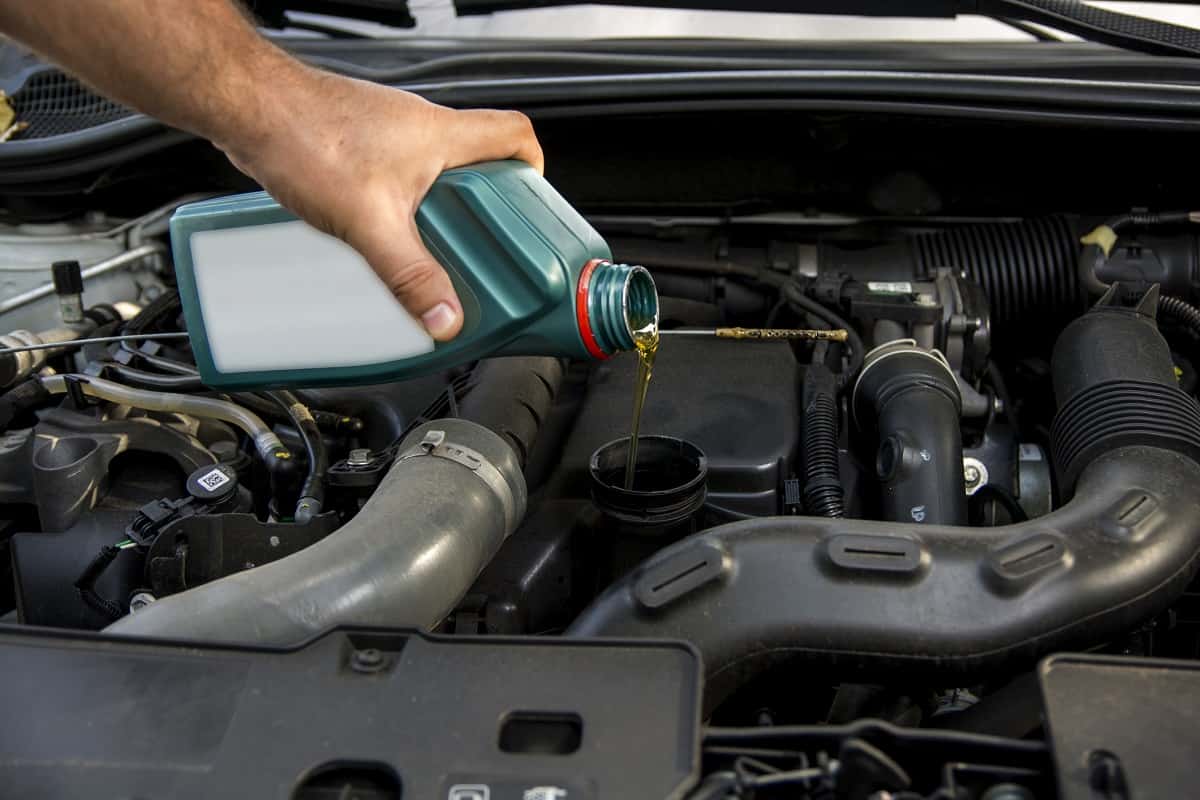
Remember, ask your truck manufacturer or consult the vehicle’s owner’s manual for information about the right motor oil to use. Don’t use any engine oil on your truck for it could result in further harm to the vehicle.
After purchasing the right motor oil, proceed with this operation by following these steps:
What You’ll Need
- Motor oil
- Drain pan
- Paper towels
- Ratchet wrench
- Oil filter pliers
- Oil filter
- Funnel
Step-by-Step Guide
- Turn off the engine and let the truck cool for a few minutes.
- Open the truck’s hood and locate the oil reservoir and the oil filter.
- Undo the air-fill plug.
- Go underneath the vehicle and slide the drain pan underneath the oil tank.
- Remove the plug from the oil reservoir, which should immediately allow the excess oil to escape.
- Return and secure the drain plug when the oil reservoir is empty.
- Remove the old oil filter with the oil filter pliers.
- Rub the oil from the old oil filter to the rim of the new model.
- Install the new oil filter into the appropriate port.
- Place the funnel into the oil tank’s opening under the hood.
- Fill the oil container with a fresh batch of motor oil. Take note that you should only fill it to an appropriate level.
- Return the oil cap.
- Turn on the engine and check if the cricket-like noises continue to exist.
Check out this product on Amazon.
You can also watch this video to gain additional insights into this procedure:
Is It Safe To Drive Truck With Chirping Noise?
Park your truck at a safe location as soon as you hear the chirping noise. It’s ideal not to drive the vehicle if you hear cricket-like noises coming from the vehicle for it might be a sign of an extreme fault, such as bad brake sensors.
Take note that driving with a faulty brake system puts you and others at a high risk of experiencing accidents and injuries.
Final Words
Avoid driving your truck as soon as you hear chirping or cricket-like sounds coming from the vehicle. Keep in mind that this particular racket may originate from different sources, such as a loose tension belt and low motor oil.
Continuing to drive your truck while ignoring this noise may result in high risks of accidents, injuries, and irreparable harm to the vehicle.
If you’re looking for answers to other unknown truck sounds, check out these other great posts:




![Portrait of middle aged bearded truck driver standing by the truck and showing his commercial driver license. Focus on CDL license. Truck driving school and job openings, Do You Need A CDL To Drive A Box Truck [By State]](https://veasks.com/wp-content/uploads/2022/11/PORTRA1-600x400.jpg)
